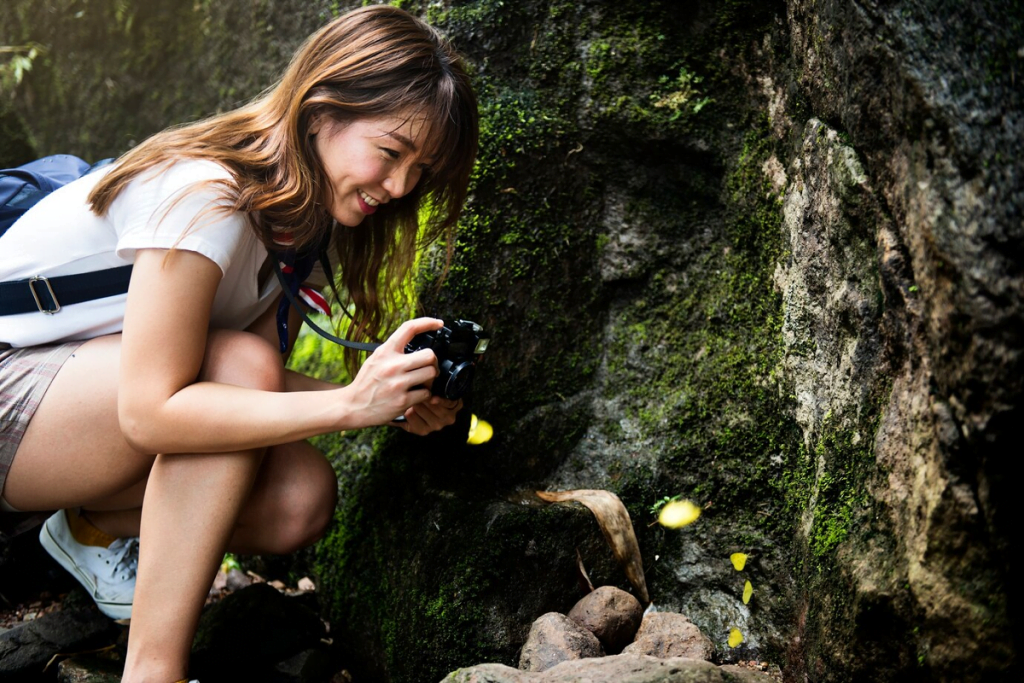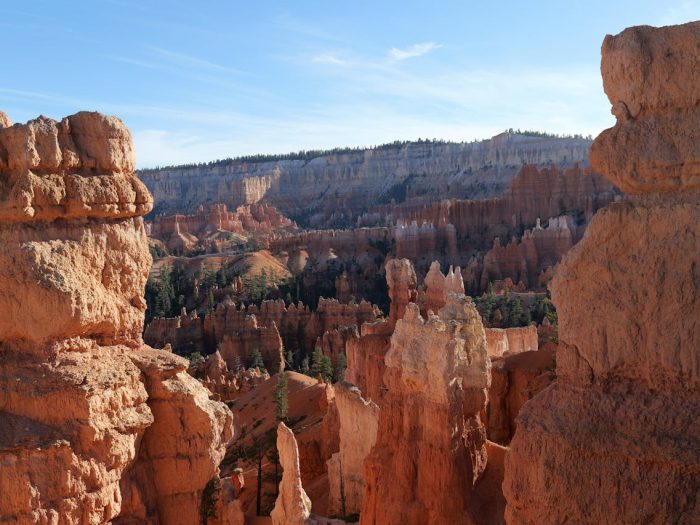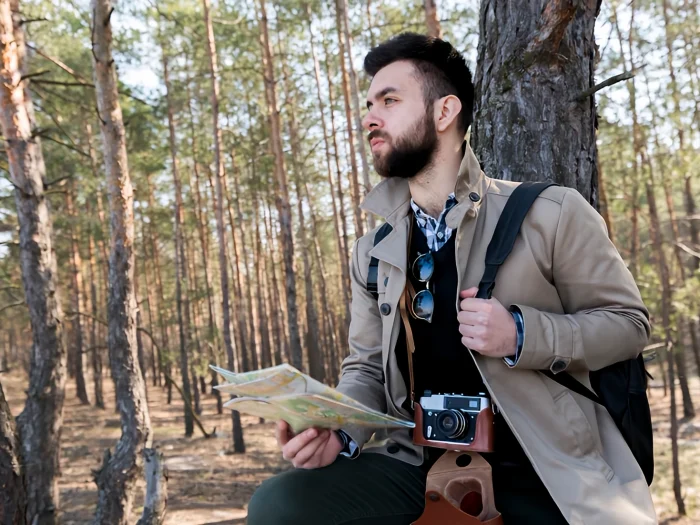7 Pro Tips to Improve Your Wildlife Photography
When we take a picture, it’s like we’re creating a short story with each shot that will stay with us forever in a visual representation. Taking pictures is an extremely exciting activity. What can we say about capturing images of wildlife? It is both exciting and challenging at the same time. We immerse ourselves in the unique beauty of the natural world. But often, later, when we look at the next shot, we realize that we failed to capture the moment as we saw it in the original. That’s why we offer you professional tips to make your wildlife photos incredible.

1. Preparing for a Photo Shoot
The right moment. Among nature photography tips, choosing the right time and place plays a significant role in successful nature photography.
Patience. Be patient. Wildlife does not have to follow our schedule and will not do so. Wait for the right moment and be prepared for unexpected situations.
2. Equipment Mastery
Know your equipment. Thoroughly research the capabilities of your camera or other equipment. Learn all the nuances of your device to make your wildlife and nature photography as professional as possible.
Practice with the settings. Change the exposure, white balance, and other options to achieve unique effects.
3. Photography Techniques
Image stabilization. Among other wildlife photography techniques, pay attention to the use of stabilization to ensure the clarity of photos, especially when using telephoto lenses.
Telescopic lenses. Use them to capture wildlife at a great distance. This will allow you to get detailed shots without obstruction.
Once you’ve got some incredible shots, you may want to get creative. A fun way to present a creative piece is to make a GIF. It’s a great way to convey the emotions and dynamics of the moments you captured. Also, when you save image as a GIF, you can use it as a gimmick whenever the situation calls for it when you’re messaging those who are on the same creative wavelength as you. If you are a Mac user, you might have wondered how to make a GIF on Mac. Pay attention to Mac GIF Maker. This tool not only allows you to create GIF animations from your photos and videos but also helps you choose the best settings for an impressive result.
4. Creativity and Style
Focus on the details. Pay attention to textures, colors, and shapes. This way, you will not only take good shots but also tell fascinating stories about nature. Use deep depth of field to capture a lot of detail throughout the frame, giving the impression of integrity and depth. This will help you capture the smallest elements of nature in various planes, creating images that reveal the full majesty of natural beauty.
Focus on macro. Zoom in on the world of small details of nature using macro photography. Ensure proper focus by choosing a lens with macro capabilities and setting your camera for a deep depth of field.
Capture the action. Try capturing animals or birds in motion or the moment of their activity. Especially for creating engaging GIFs. This way, you can better convey the emotions and energy of the moment.
5. Observation and Surveillance
Tracking techniques. Learn and use the smart subject-tracking systems that are present in modern cameras. This will help avoid blurring when the subject moves and capture the most memorable moments, creating photos with exceptional sharpness and detail. This way, they will create your unique style that will mark your personal wildlife photography ideas.
6. Safety
Attention. Be careful to stay safe. Namely, keep a safe distance from wildlife and respect the natural processes of those you are photographing.
7. Lighting
Use natural light. This will make your photos look more organic and realistic.
Golden hour. Let’s look at how to find the perfect angle and settings to shoot currently so that your photos maximize the atmosphere.
Use online tools or apps to determine the exact time of sunrise and sunset in your area. Golden hour is when the sun is low on the horizon. Then the light will be warm and soft.
Plan your Golden Hour shoot in advance. Choose locations that have the potential for beautiful colors and shadows and can give your photos a special charm.
Set your camera to an open aperture to get a soft blur of the background and emphasize the depth of color. ISO and the use of a tripod will help to avoid noise and ensure sharpness.
Pay attention to the colors that prevail in the natural light of the hour. Warm and rich colors will create a special atmosphere. Experiment with white balance to achieve the best results.
___________________
Wildlife photography is a process that requires a lot of attention, patience, good equipment, and creativity. Hopefully, these tips will help you improve your art and give you unforgettable moments. So, enrich your knowledge and skills and enjoy creating unique images of the wildlife world.




